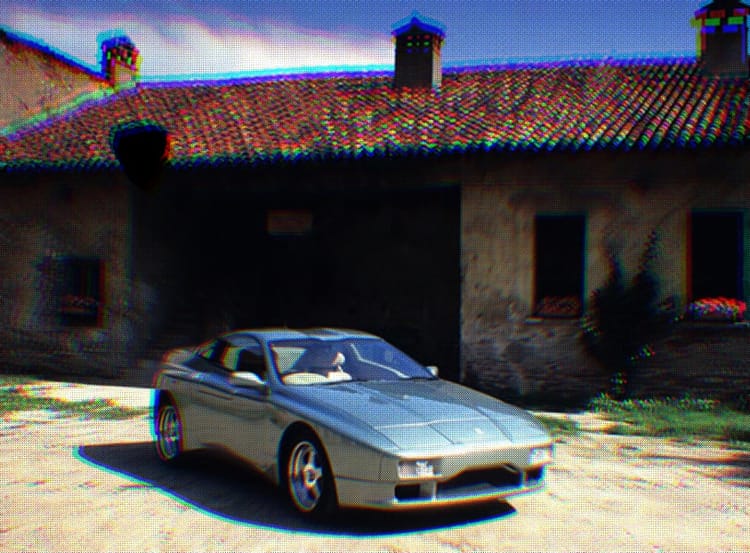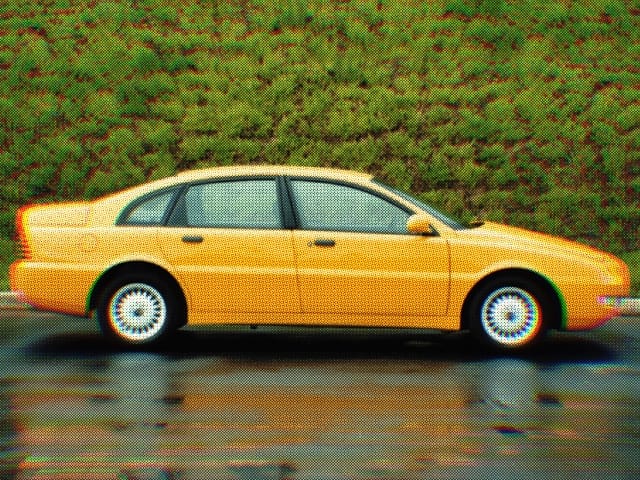Lloyd Alexander TS 600 Coupé by Ghia
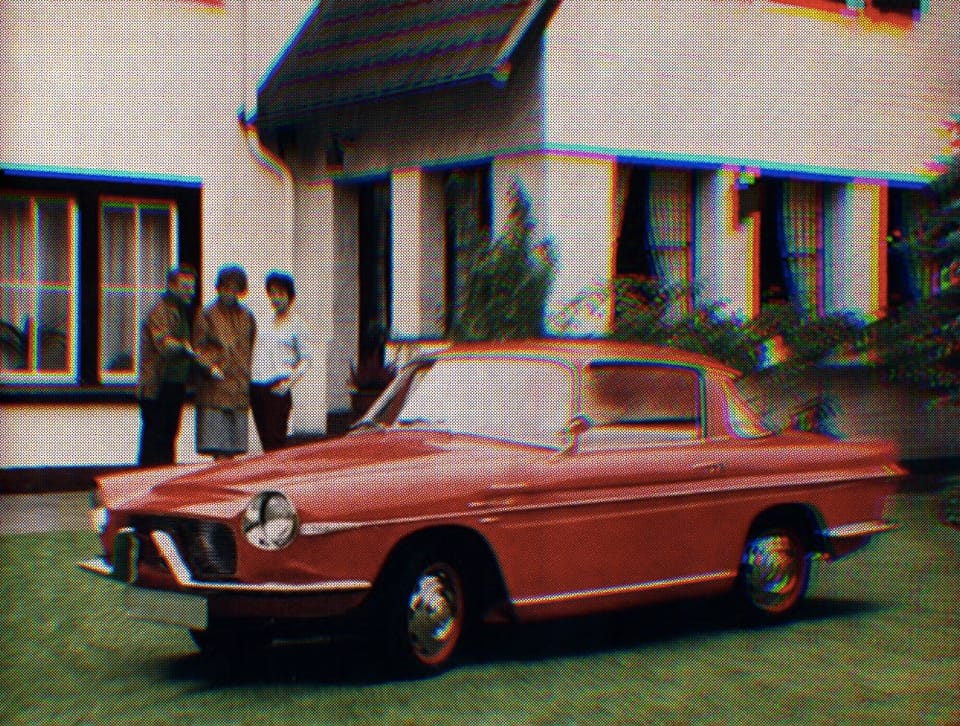
There are a number of terrible names for automakers, but consider Lloyd, born from the shipping company North German Lloyd, from Bremen.
Some time ago, car operations run under Norddeutsche Automobil und Motoren AG (NAMAG) merged with Hansa. Then, post-Second World War merging again with Borgward, establishing the little-known Lloyd machinery factory as, in a way, Borgward's sub-brand for small cars.
(Side note: if you're looking to read up on a company that tried to build pretty much everything, from streamliners to luxury coaches to three-wheeled trucks, the Borgward group is a fantastic rabbit hole to fall into.)

Lloyd's first post-war model, the LP 300, had a…reputation. I can never really understand German humour (who does?), but this one is pretty straightforward, I think.
The LP 300’s nickname was the Leukoplast bomber, Leukoplast being adhesive bandage. Bandage bomber—I suppose it wasn't the sturdiest vehicle on the road, owing to its timber frame and synthetic leather bodywork. Truly.

Fast forward to 1955, and the company was confident its newest car, the TS 600, would start to capture buyers. Taking over from the TS 400, the larger 600cc engine and more grown-up styling started to win fans, but by the time it had been refreshed and renamed into the much better-known Alexander, the company still had image problems.
A 0-100 km/h (0-62 mph) time of 60 seconds…6-0(!) probably didn't help, but a plan was hatched to grace the model with some Italian design flair.

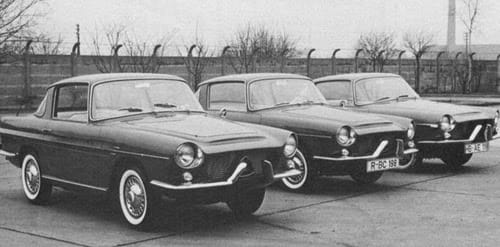
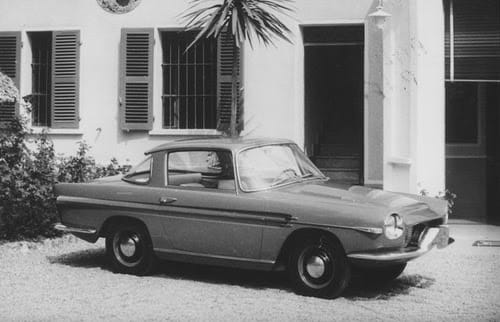
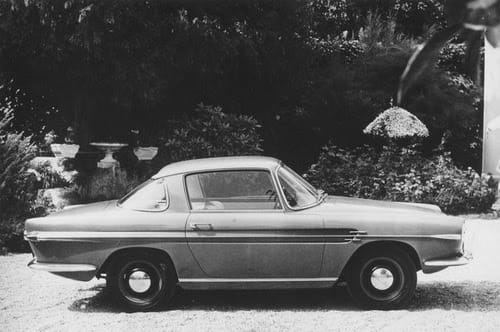
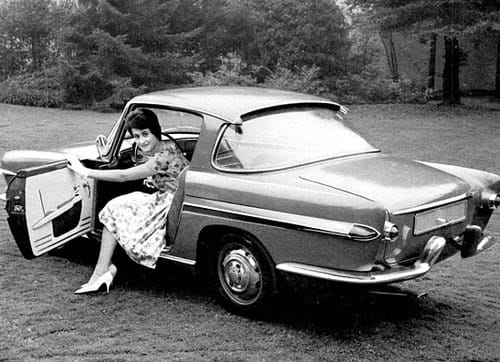

Above and below, promotional images for the highly styled microcar — people for scale • Lloyd, source unknown
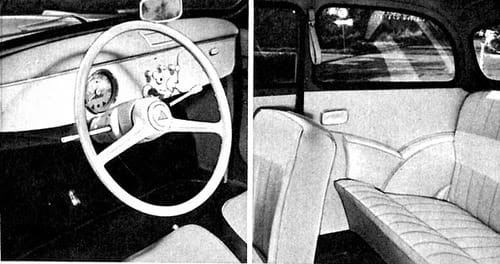
Thing is, the Italian styling house Ghia had founded a sub-brand of its own, Ghia-Aigle, in Switzerland. Operating as an independent entity from 1953, a number of great designers like Mario Boano, Giovanni Michelotti, and Pietro Frua got to work on cars that occupy a number of spaces in my personal fantasy garage, like the Jowett Jupiter, Panhard Dyna Z, and Alfa Romeo 1900.
The brief on the Alexander was simple: make people forget about its image problems and lack of performance by creating a stunning body—at least long enough until LLoyd’s larger 900cc car, the Arabella, was ready.
Body parts were to be delivered from both Ghia, in Turin, and Ghia-Aigle, in Aigle — with the body numbers stamped on all pieces to ensure they could be fitted together during final assembly in Bremen, Germany — as, naturally, no two bodies were the same.
Forty eight cars were completed between 1958 and 1959, with the Ghia-Aigle prototype first shown at the 1948 Turin Motor Show, and the production version shown at the Lloyd stand at the Geneva Motor Show the following year.
Its rocket-inspired bodywork looks fast standing still, a great feature to have when the car featured the uprated TS engine, with all of 25 horsepower from 600cc…and a top speed of just 100 km/h (62 mph). A rocket it was not.
Inside, two-tone leatherette seats in beige and red were complemented by aluminum door sill plates, fancy interior trim panels with lots of chrome, wood steering wheel, and red carpet to match the bodywork: all of these coupés were painted fire engine red.



